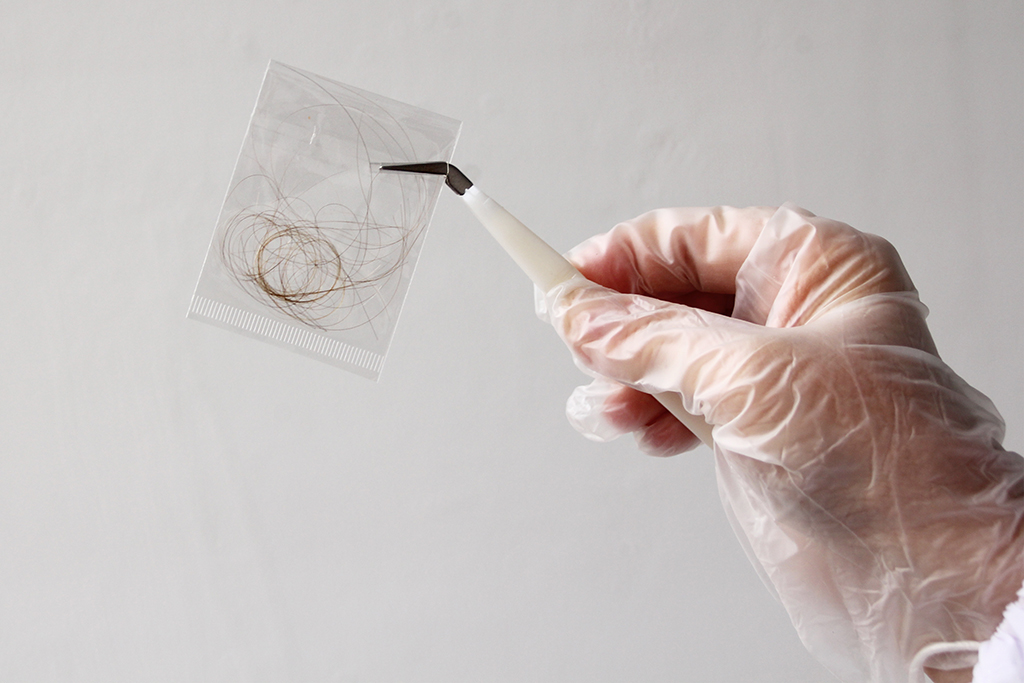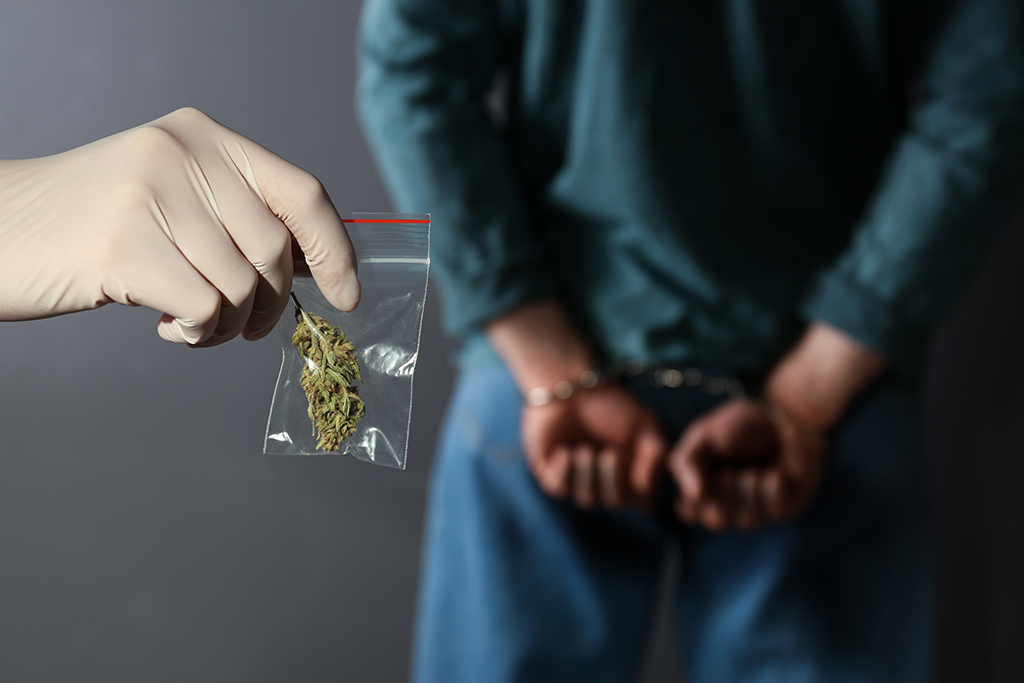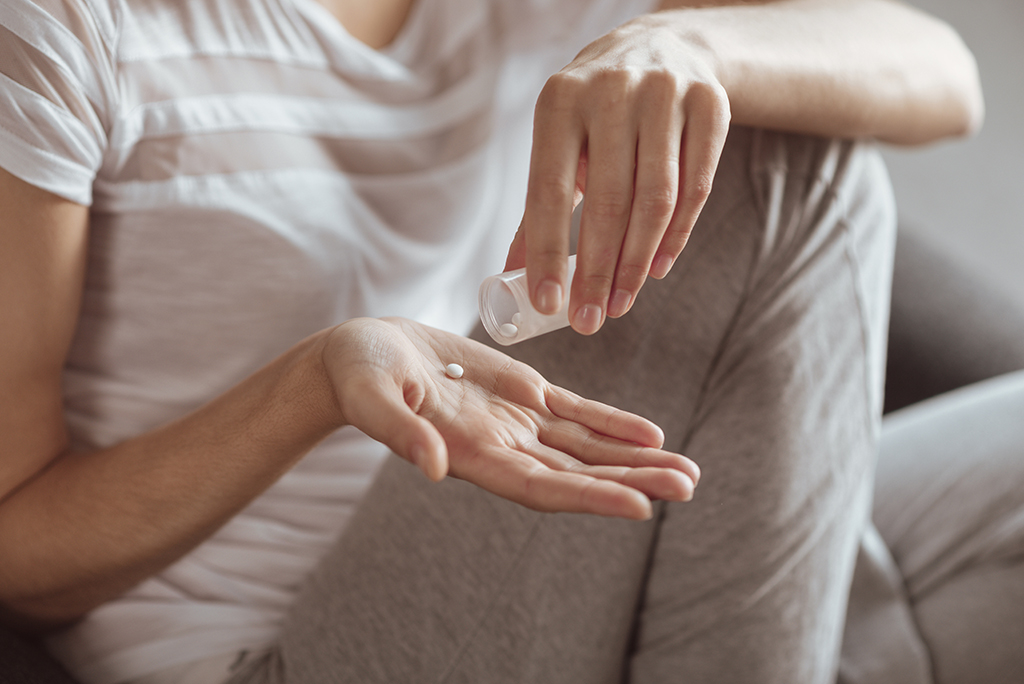Reviewed By:
Drug testing is incredibly commonplace. Many employers require new hires and employees to participate in drug screening regularly. However, many people don’t know how drug tests work. If you’d like to find out, here is everything you need to know.
Have questions about drug testing?
Call us at 855-430-9426 to speak with a recovery specialist.
What Is Drug Testing?
Drug testing is any process that can screen for current or prior drug use. Usually, participants must provide a sample from their bodies, such as urine or hair. The testing process then looks for specific substances or chemicals that relate to a particular drug. If the substance is detected, your test is deemed positive. Drug test accuracy varies by the test used, and by the substance tested. Tests for marijuana, for example, are common and therefore quite accurate. Tests for new street drugs may not even be available. Below are some of the most common tests used by employers, sports agencies and government agencies.
What Is Hair Follicle Testing?
Hair drug tests are common among employers. These tests use a sample of a person’s hair to determine whether they have used drugs during a specific timeframe. Typically, around 100 hairs are gathered and cut, ensuring the strands are trimmed from as close to the scalp as possible. The one-and-a-half inches nearest to the scalp are then sent to a lab.
At the lab, the hairs undergo two tests: enzyme-linked immunosorbent assay (ELISA) and gas chromatography-mass spectrometry (GC-MS) tests. Once complete, the hair drug test determines whether the person has used a range of substances within the past 90 days.
What Is Urinalysis?
Urine drug testing, also called urinalysis, tests for recent drug use. Urinalysis can accurately test for a range of substances using a urine sample.
The immunoassay (IA) test is the most common approach. However, urine screening can include a process called GC-MS, which is more reliable and can detect a wider range of substances.
With urine screening, the detection window is significantly shorter than with hair. For example, amphetamines are only detectable for up to three days in urine, while it can be found in hair dating back up to 90 days. The only exception tends to be THC, which may be detectable in urine for 90 days or more in heavy users.
Despite the shorter window, urinalysis is more often used in sports and legal instances because it is more accurate. The federal government currently does not support hair drug testing, but this may change.
What Are Other Forms of Drug Testing?
Most drug tests conducted in the United States are urinalysis or hair testing. However, these aren’t the only options. Other forms of drug testing include:
- Breath tests
- Saliva screening
- Blood tests
- Sweat drug screenings
Why Is Testing Sometimes Inaccurate?
Generally speaking, drug tests are reasonably accurate. However, some situations can lead to incorrect results.
For example, if you spend a significant amount of time inhaling secondhand marijuana smoke, your test could come up positive for THC. However, this isn’t common, as it usually only occurs right after a person is exposed. Additionally, some CBD oil products contain small amounts of THC. If you take a significant amount of CBD, you could end up with a positive THC test. Efavirenz – an antiviral for treating HIV – can also incorrectly flag as THC.
Certain weight loss pills – particularly prescription versions that contain phentermine – could cause a positive amphetamine drug test. In some cases, diphenhydramine – found in antihistamines like Benadryl – can show up as methadone or PCP in a drug screening.
In hair drug tests, your hair type can also skew results. Hair with more melanin may yield a false positive, while bleached or damaged hair may render results unreadable.
Many medications used to treat mental health disorders can result in false positives as well. This includes certain antipsychotic drugs that are used to treat schizophrenia and bipolar disorder, like quetiapine and chlorpromazine.
Have questions about addiction?
Call us at 855-430-9426 to speak with a recovery specialist.
What Should People Know Before Taking a Drug Test?
Before you take a drug test, it’s important to understand that certain medications can cause false positives. If you take any prescriptions, over-the-counter medications, or supplements (including herbal remedies), bring those with you to the test. That way, the provider can review them and potentially eliminate any false positives from your results.
You may also wonder if you need to prepare for a test. This typically isn’t necessary. If you need to take part in a urinalysis, just make sure to drink enough fluids that you’ll be able to provide a sample in a reasonable amount of time.
If you are concerned about your prior drug use resulting in a positive, understand that tampering with the sample or attempting to fake your test typically doesn’t work. There are procedures and processes in place to prevent people from altering their tests, and getting caught often yields worse consequences than a positive test.
Similarly, advice for “cleansing” your system before a drug screening generally doesn’t work either. If you need to pass a drug screening, abstaining from drug use is your best and only proven option. If you struggle with abstaining from drug use, it’s important to consider treatment. Many treatment programs allow you to enroll while keeping up with your job and family obligations. Treatment programs will also give you resources for counseling and support groups to maintain your recovery. By treating potential problems at the source, you can submit to any drug test with confidence.
Have questions about addiction?Chat with one of our recovery specialists now.


